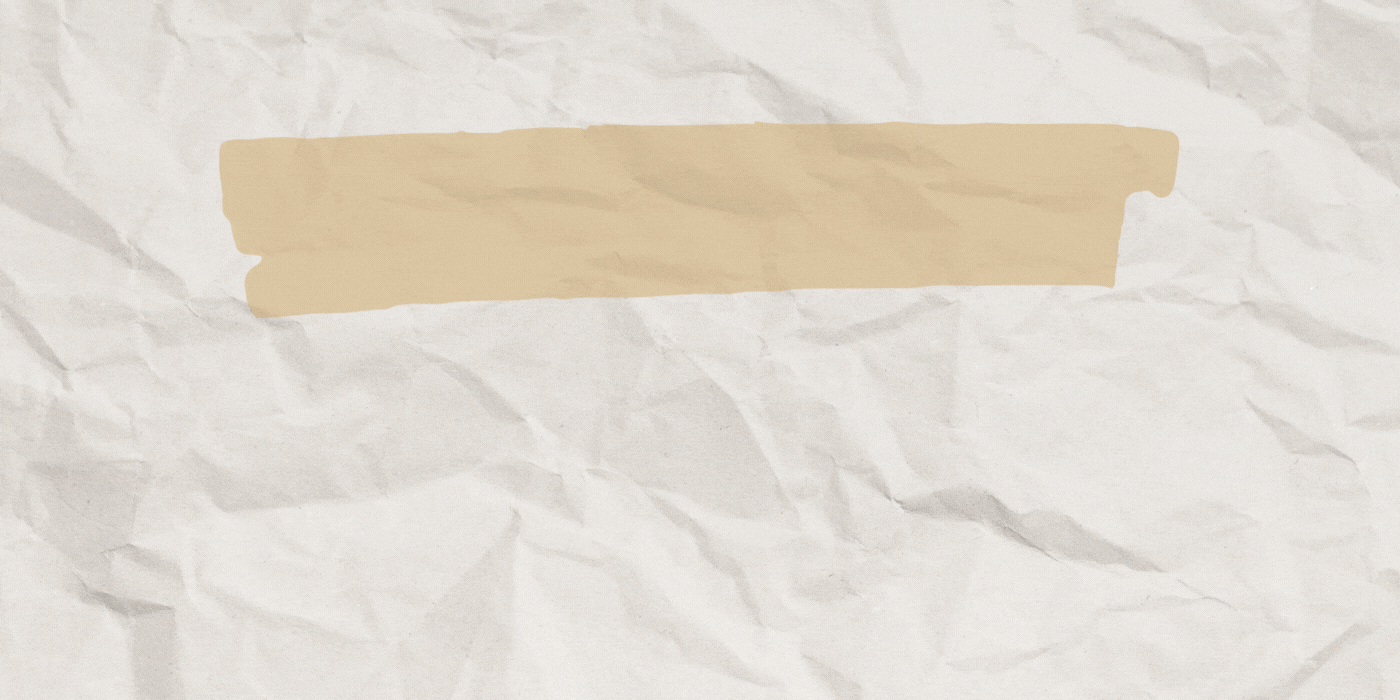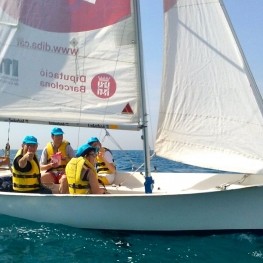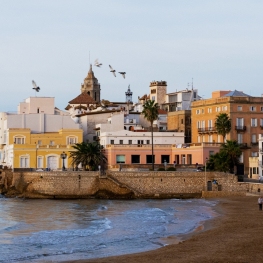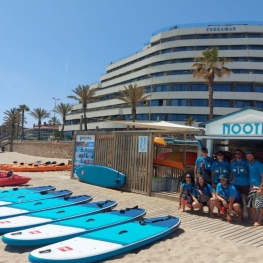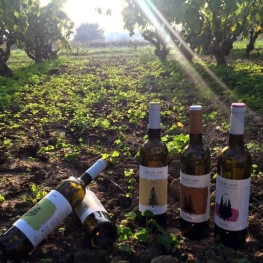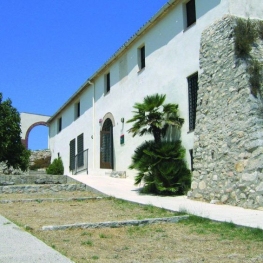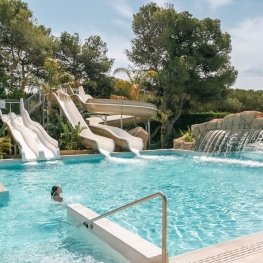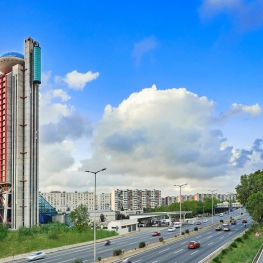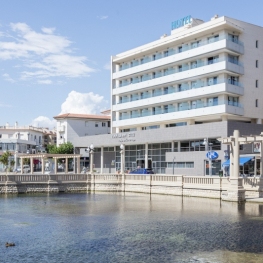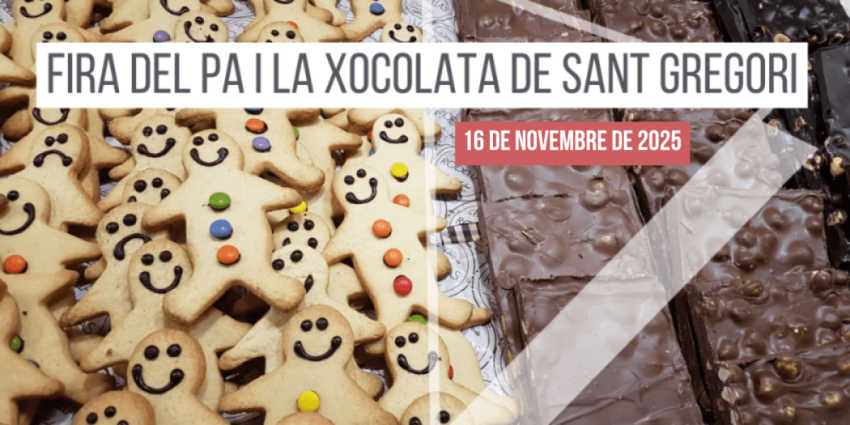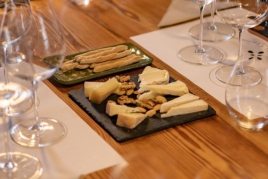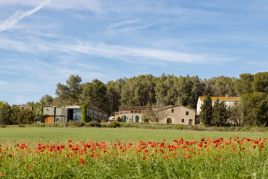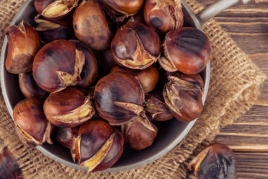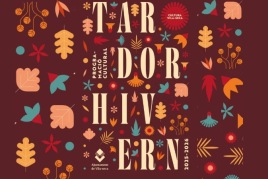Sitges, a town accessible
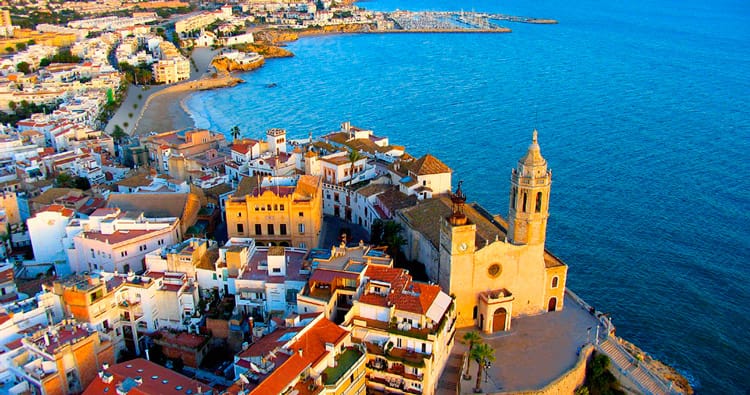
On this route, femTurisme invites you to know the modernist side of Sitges . This route is intended for all audiences, but in this case we have a special focus for people with reduced mobility, which is why no comments aimed specifically at this group.
This route goes from and within populations - Isla de Cuba street - until the sea-the Cau Ferrat. We invite you to discover the magic of the modernism of the nineteenth and twentieth centuries has remained to the present through the hands of different owners and artists.
At the end of the path you will find a map with the locations of each element to visit.
1. Blai Bonaventura House. Illa de Cuba Street, 37
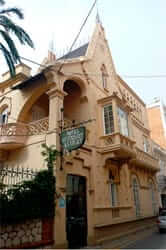 Mr. Facundo Bacardi, Bacardi empire founder, was born in Sitges and was one of many Catalans Indians who migrated to the Americas to the late eighteenth century, when Cuba was a Spanish colony. A mid-nineteenth century, some emigrants returned and others settled there, as was the case of Mr. Bacardi.
Mr. Facundo Bacardi, Bacardi empire founder, was born in Sitges and was one of many Catalans Indians who migrated to the Americas to the late eighteenth century, when Cuba was a Spanish colony. A mid-nineteenth century, some emigrants returned and others settled there, as was the case of Mr. Bacardi.
The Indians - or American - who returned townhouses built magnificent modernist influence, architectural style fashionable at the time. On this street there are several examples of these houses, where you can see that although the case of houses of the same period, the architectural and decorative features vary.
From where we are located, we appreciate the townhouse: one example of the houses of Indians we have discussed. Here we find a neo-Gothic influence, like the tower of a castle of the Middle Ages. Observe how there is a large garden around the house, typical of this type of construction.
Two. Illa de Cuba Street, 21-22
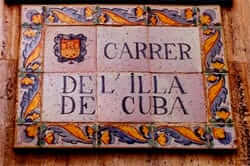 We are facing two houses of the late nineteenth century, early twentieth century, but with totally different. It is the home of an Indian family, neoclassical house. Look at the columns and details, reminiscent of a classical temple.
We are facing two houses of the late nineteenth century, early twentieth century, but with totally different. It is the home of an Indian family, neoclassical house. Look at the columns and details, reminiscent of a classical temple.
In front of us, now we find a pure modernist style house. Identify the basic characteristics of modernism: the wavy lines that provide movement to the composition and representation of nature. Observe floral motifs in stained-glass windows and reliefs depicting motifs. It is a building with no straight lines and angular corners, full of undulating forms.
We will continue straight onto Jesus, where you turn right to the next stop: the Cap de la Vila.
Three. Cap de la Vila
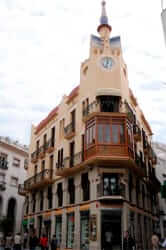 We are in the center of Sitges , a room once, in the Middle Ages, was one of the entrance gates of the town of Sitges , one of the limits of Sitges . The other limit of Sitges was in the sea. The Cap Catalan word means end and thus for centuries, this point is known as Cap de la Vila.
We are in the center of Sitges , a room once, in the Middle Ages, was one of the entrance gates of the town of Sitges , one of the limits of Sitges . The other limit of Sitges was in the sea. The Cap Catalan word means end and thus for centuries, this point is known as Cap de la Vila.
A building highlight of this square is the Casa del Reloj, named for the striking clock is in its facade. At first glance we may think that it is a public building but in reality it is a house of Indians.
Let's use a little imagination,'s go back a few centuries ago and imagine that in these streets stood the medieval walls of the town of Sitges , so cross now and get into the medieval village of Sitges .
April. Major Intersection street - Calle d'en Pau Barrabeig
Observe from this point how the street layout is irregular or straight, but winding populations characteristic medieval layout. Continue until the end of the street you will reach the highest point of Sitges , the Town Hall Square.
We should note that the final section of the High Street is very steep, is difficult to access for people in wheelchairs than electric.
May. Town Hall Square, opposite the main facade of the Town Hall
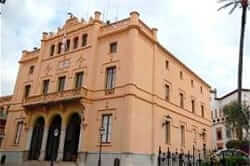 We are at the highest point of Sitges , but only be 15 meters. The town hall, a nineteenth century building, was built on the site which was previously occupied by the Castle of Sitges and from where once you could see the sea. Today it is not possible by the existence of the buildings that we find around and we interrupt the sight of the sea. The castle was demolished in the nineteenth century.
We are at the highest point of Sitges , but only be 15 meters. The town hall, a nineteenth century building, was built on the site which was previously occupied by the Castle of Sitges and from where once you could see the sea. Today it is not possible by the existence of the buildings that we find around and we interrupt the sight of the sea. The castle was demolished in the nineteenth century.
June. Town Hall Square, opposite the main facade of the Mercat Vell
This is the old market Sitges . What could compare with the La Boqueria in Barcelona in regard to architectural style: modernist. It was the place where they sold fish, meat, fruits, vegetables ... Today its use has changed, it is now the Casa Bacardi, presentation for the production of rum and workshops related to this product. Observe iron structures on the facade and its combination with brick, building materials very common during the late nineteenth and twentieth century. One reason why this is not working as building market is its small size.
July. Bastion Square
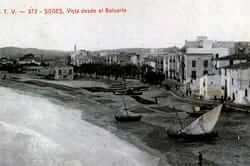 At last we see the sea on our visit, therefore, this is the other edge of the village of Sitges medieval thing left to know, remember that the other end of the street was in Parellades. We are right now in the old fishing village of Sant Joan, look at the blue line that runs along the edge of the wall overlooking the sea.
At last we see the sea on our visit, therefore, this is the other edge of the village of Sitges medieval thing left to know, remember that the other end of the street was in Parellades. We are right now in the old fishing village of Sant Joan, look at the blue line that runs along the edge of the wall overlooking the sea.
Sitges is fortunate because it is surrounded by the Garraf Massif and the other side is protected by the sea, which makes in Sitges there is a microclimate that favors him. From the viewpoint shows the Passeig de la Ribera, in the distance a white building on the left end of the massif, Terramar Hotel is a building of the 70s. This hotel has nothing to do with the garden city was built Terramar call early twentieth century in the same place or the Terramar Autodrome, which was built here in the early twentieth century, as a form of distraction Terramar residents. Since that time the rally held annually from Barcelona to Sitges , now also owners of vintage cars vintage dress up in costumes. It goes without saying that the highway was not coming down the road and Garraf, very curvy.
Looking to the main facade of the church of San Bartolome and Santa Tecla. It is a baroque style church was begun in the seventeenth century but perhaps surprise us that in the case of Baroque facade is austere. The towers and bells would be added later.
August. Palau Maricel
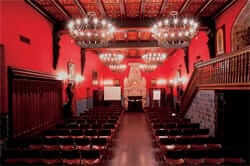 If you look at the buildings that s all around us, it's hard to be original fishermen's houses, too luxurious ... Indeed, the fishermen did not live in houses so lush, but they themselves were originally their homes, until the year 1911 will become the Palau Maricel, very reformed.
If you look at the buildings that s all around us, it's hard to be original fishermen's houses, too luxurious ... Indeed, the fishermen did not live in houses so lush, but they themselves were originally their homes, until the year 1911 will become the Palau Maricel, very reformed.
This is due to Charles Deering, an American who inherited a fortune from his father, who allowed him to travel around Europe. It was great Spanish medieval art lover and art collector. In one of his stays in Paris he met Miquel Utrillo, who spoke of Sitges . In 1909 Charles Deering visit Sitges for the first time and is so taken with the place that he decided to settle in Sitges . It acquires, on one side, which was the former medieval hospital of Sant Joan, who gave name to the district. Although at the time of the acquisition the hospital was in operation, the purchase was not difficult because the humidity of the building, as close to seawater were not beneficial for patients. Deering wanted his home and also a place to exhibit their works, they acquired several fishermen's houses located opposite the old hospital.
Miquel Utrillo, great friend and architect, was responsible for the construction of the Palau Maricel. Communicate fishermen houses adding an upper floor so that the height was the same as that of the hospital and add pieces from his private collection, the door and the windows we can see in this facade, all parts of Spanish Gothic.
To be sure, the next leg of the trail is paved, not very comfortable for wheelchairs.
If we go a little, you can see the door, flamboyant Gothic style, originally the courthouse door of San Martin de Valdeiglesias.
By the door, there are two shields, one of them depicting a castle with three towers, the coat of Sitges , in the other a sun and waves, Deering wanted a palace as a medieval palace, by It also needed a coat of arms. He chose the name Maricel, sea and sky. The main reason is that part of the palace faces the sea and part of the interior, on the other hand at the time the writer had published Guimerà Angel Mar i Cel his work in 1888. Both Houses Utrillo as i Guimerà were very good friends at the time. As for the overhead bridge connecting the two buildings found there was not originally part of the reform of Deering, thereby to move the Palau de Mar (housing) to the Palau de Terra, I had to go down the street.
Keep in mind that as of today the Maricel Museum is closed for renovation.
9. Raco de la Calma, compared to Cau Ferrat
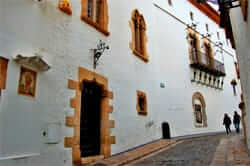 The Cau Ferrat, home workshop Rusiñol, who in 1893 decided, after several stays in Sitges , fishermen buy a house and settle here because they had fallen in love with its light and the inhabitants of Sitges . Curiously, the previous owner of the house was a lady who had left the house testament to God to take out the money invested by renting out to celebrate masses for his soul. Nevertheless, the sale could be made.
The Cau Ferrat, home workshop Rusiñol, who in 1893 decided, after several stays in Sitges , fishermen buy a house and settle here because they had fallen in love with its light and the inhabitants of Sitges . Curiously, the previous owner of the house was a lady who had left the house testament to God to take out the money invested by renting out to celebrate masses for his soul. Nevertheless, the sale could be made.
In this place Rusinol installed his home and studio. Integrating elements reconstructed the Gothic facade of the castle windows Sitges it acquired when it was demolished. Rusinol he named Cau Ferrat, the same who had his workshop in Barcelona . In a year he realized he needed more space and bought the adjoining house was shortly afterwards when is the festival known Modernist when in procession took two paintings by El Greco that the artist had acquired. As we can see inside the Cau Ferrat was designed as a temple to the art, binding point of visiting the bohemians of the late s. XIX moving through Barcelona , Pardo Bazán, Enric Granados, Perez Galdos, among others. When dying Rusiñol Cau Ferrat and its collection becomes municipal museum.
Santiago Rusinol was an eclectic artist in the sense that he was a painter, playwright, journalist, amateur archeology ... and touched various art forms. He defended the concept of Total Art.
Keep in mind that as of today the Cau Ferrat is closed for renovation.
Map of Sitges
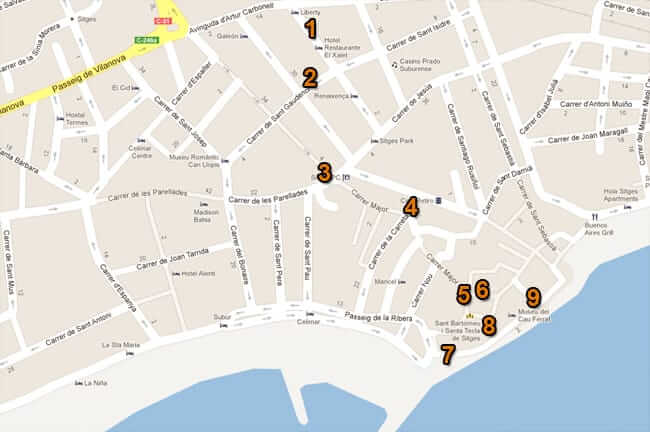
You may also be interested in: Accessible routes
What to do
Escola de vela adaptada
Sitges (a 1.1 Km)Non-profit entity located in the Port of Aiguadolç in Sitges. Its main…
Nootka Kayak & Sup
Sitges (a 2.4 Km)Nootka Jayak & Sup offers you different activities and guided excursions so…
Where to eat
Bodega Miquel Jané
Font-rubí (a 25.1 Km)Discover the world of wine with our comprehensive viticulture and oenology courses,…
Where to sleep
Casa de colònies Can Grau, Fundesplai
Cubelles (a 8 Km)Discover Can Grau, an old wine-growing farmhouse from the 16th century. XIV…
Garrofer Green Camping
Sitges (a 2.6 Km)Come to Garrofer Green Camping and enjoy a unique vacation in a…
Hotel Hyatt Regency Barcelona Tower
Barcelona (a 27.6 Km)The Hyatt Regency Barcelona Tower hotel will offer you an unforgettable experience…
Hotel Balneari Platja de Comarruga
El Vendrell (a 24.9 Km)Spectacular resort located near the sea to enjoy the marine environment and…

